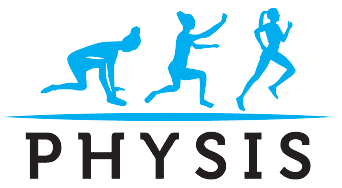What is the Sacroilliac Joint (SIJ)?
The Sacroilliac joint (SIJ) is located at the base of your lumbar spine (low back). This joint is made of the sacrum (part of your spine) and 2 ilium bones on either side of the sacrum. Each ilium moves independently of the other in response to your leg and trunk movements. Dysfunction in this area can be caused due to hypermobility (excess movement at the joint or instability), improper ilium and sacrum alignment or hypomobility (lack of mobility). It can result in uneven weight distribution from the low back into the legs, resulting in “pinching” pain when walking or results in a limp when you try and walk. Relieve pain with Sacroiliac joint dysfunction treatment in Midtown! Discover effective treatment options for lasting relief. Regain stability and freedom from pain. Schedule your session now with Sacroiliac Joint Pain specialist near you.
SIJ pain can be extremely debilitating and can refer pain into your low back, hips and thighs and knees. It can result in difficulty sleeping, rolling in bed, sitting, standing, bearing weight on the affected side, walking, going up/down steps, running, jumping and getting in/out of cars, chair or bed. Due to the location of the joint, it is often misdiagnosed as pathology of low back or hip.

Common Symptoms that require Sacroiliac Joint pain treatment in nyc
How We Can Help
Here at Physis Physical therapy in midtown Manhattan we strive to provide the best sacroiliac joint dysfunction treatment in NYC with a patient first approach. Our sacroiliac joint pain specialist in nyc are experts in differential diagnosis. They will conduct a detailed interview to identify the source of dysfunction, administer a functional assessment to identify impaired muscle activation patterns, developing a rehab plan to correct sacroiliac joint pain and eventually prevent recurrence.

